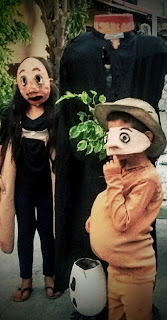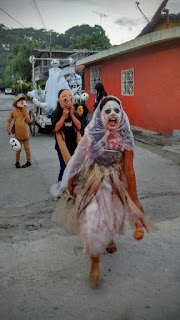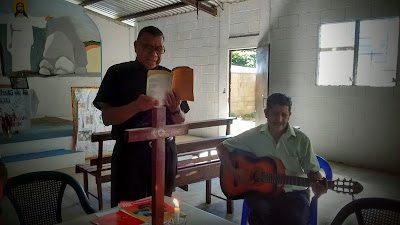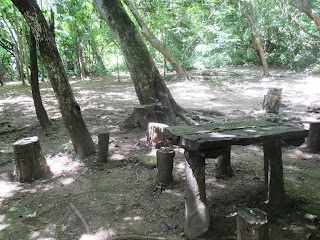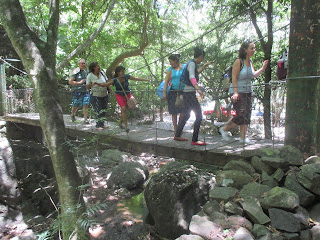Kits for Girls
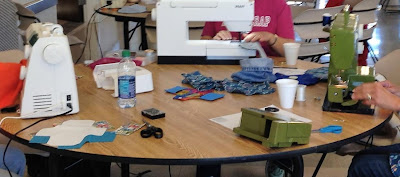
The plans for the Mission of Healing Family Wellness Fair are well in place for February 2017. One new teaching discussion that we will have in the coming year is entitled "Menstruation: Myths and Facts." As part of the teaching charla , we hope to offer the girls and women washable hygiene kits. We are using the patterns and instructions from Days for Girls International and we invited women and women's groups to help create the kits. The response has been tremendous! We should have close to 500 kits for the North alone! (depending on how the January sewing events go). Because the kits are sure to be wildly popular, we encourage continued and increased involvement! The Mission of Healing Family Wellness Fair model takes us into different rural communities in the Northern region each year. The Central South Fair is held in the capital city, and people are bused into a central location. In both settings, women and girls ...



